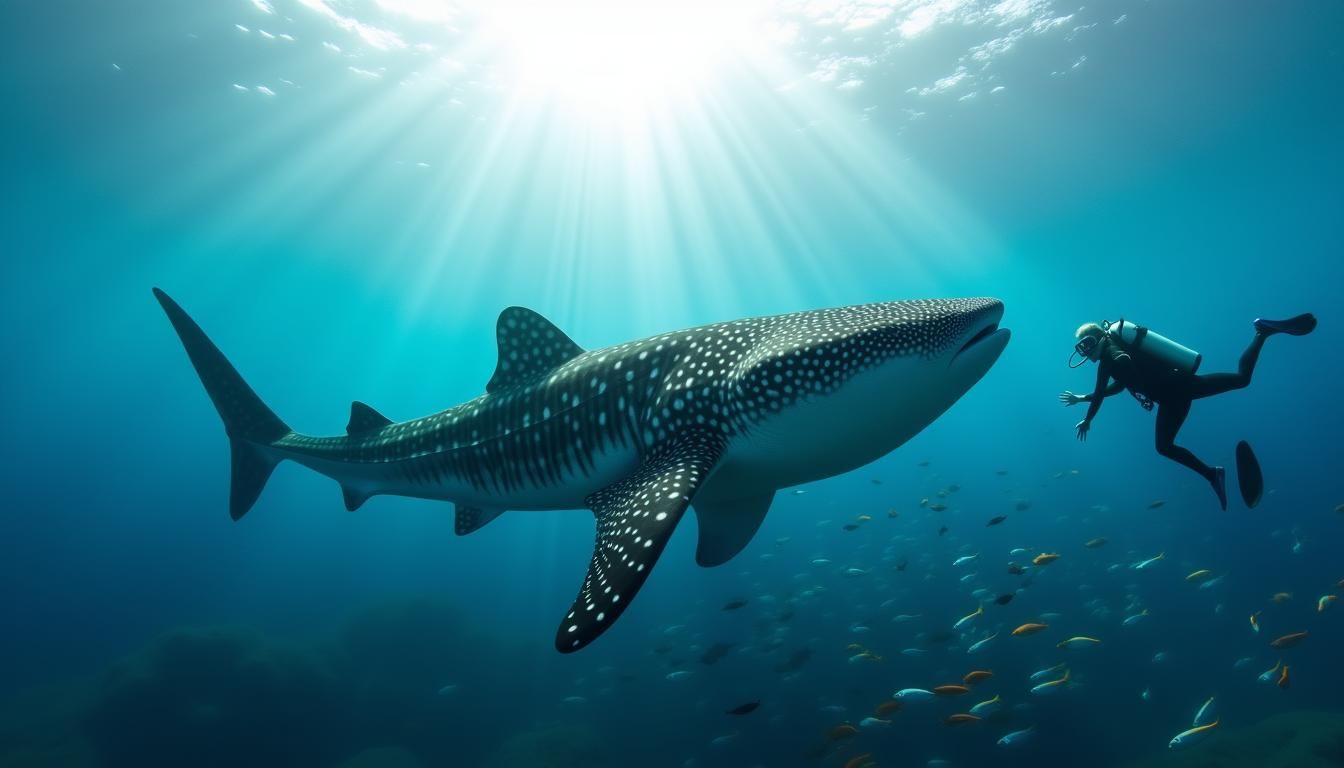
Cabo San Lucas is a gateway to some of the most extraordinary marine encounters on Earth—and swimming alongside whale sharks, the ocean’s gentle giants, tops the list. At Mucho Cabo, we’re passionate about connecting travelers with sustainable adventures that honor Baja California Sur’s natural wonders. Here’s your ultimate guide to experiencing this bucket-list activity responsibly.
The best time to swim with whale sharks near Cabo San Lucas is October to April, with peak activity from November to January. During these months, whale sharks migrate to the nutrient-rich waters of the Sea of Cortez near La Paz, a UNESCO World Heritage Site located just two hours north of Cabo.
This season overlaps with other marine migrations, including humpback and gray whales, making it an ideal time for wildlife enthusiasts. Daytime temperatures hover in the 80s Fahrenheit, with calm seas and excellent underwater visibility.
While whale sharks don’t frequent Cabo’s immediate coastline, La Paz is the prime launchpad for encounters. Most Cabo-based tour operators include round-trip transportation to La Paz, ensuring a seamless journey.
Choosing a reputable operator is key to a safe, ethical, and unforgettable experience. Here are three standout options:
Whale sharks are endangered, and their protection is paramount. Follow these guidelines to ensure a safe and ethical experience:
Verify that your tour is SEMARNAT-certified (Mexico’s environmental authority). These operators adhere to strict regulations, like limiting boats per shark and capping swimmer groups.
Respect Distance Guidelines
Stay 10 feet from the shark’s body and 16 feet from its tail. Touching, chasing, or blocking their path is prohibited.
Use Reef-Safe Sunscreen
Chemical sunscreens harm marine life. Opt for biodegradable formulas or wear UV-protective clothing.
Prepare for the Boat Ride
The journey to La Paz can be bumpy. Take seasickness medication if needed, and bring a waterproof jacket.
Avoid Flash Photography
Whale shark tourism has a double-edged sword effect. While it raises awareness and funds for conservation, irresponsible practices can harm these majestic creatures:
Swimming with whale sharks near Cabo San Lucas is more than an adventure—it’s a chance to witness the delicate beauty of Baja’s marine ecosystems. By choosing ethical operators and following conservation protocols, you become part of the solution to protect these endangered giants.
At Mucho Cabo, we believe in adventures that leave no trace but lasting memories. Ready to dive in? Book your tour early—peak season fills fast!
Explore More Sustainable Adventures:
- Cabo Pulmo’s Coral Reefs
- Ethical Whale Watching in Magdalena Bay
